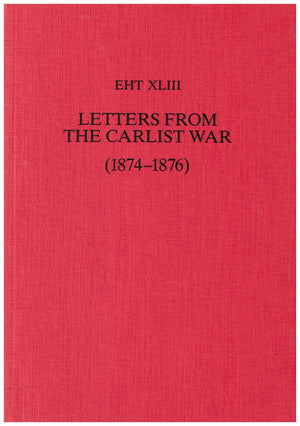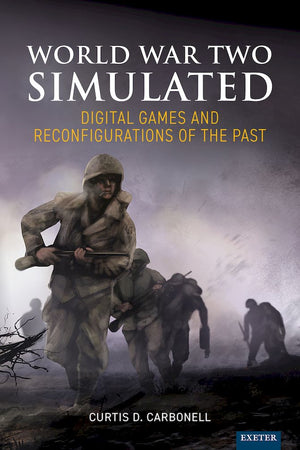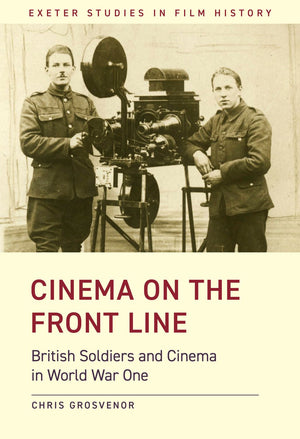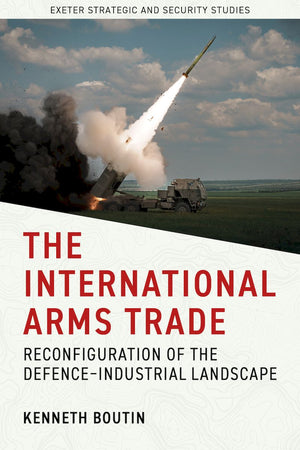University of Exeter Press
Revisiting the First Cold War
A View from the 21st Century
Couldn't load pickup availability










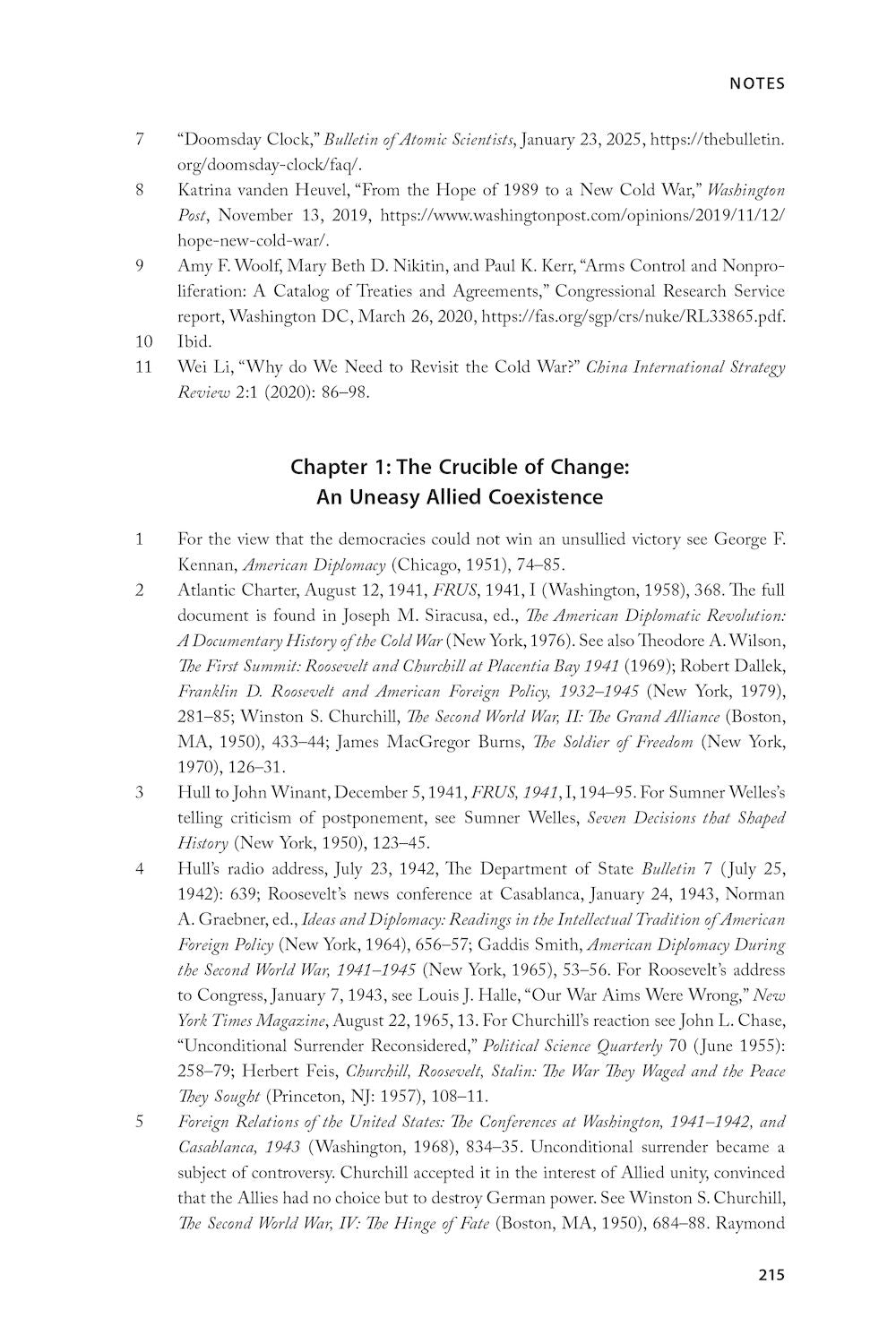
- 272 Pages
Against the backdrop of major geopolitical developments, including Russia’s invasion of Ukraine and intensifying great-power competition in the Indo-Pacific, this book undertakes a comprehensive reassessment of the United States’ first Cold War strategy. In examining the machinations and dynamics of the Cold War era, it offers a nuanced understanding of today’s security challenges and the underlying continuities that may inform contemporary security strategies.
While there are marked differences between the Cold War era and the geopolitics of the twenty-first century, there are also certain equivalences—increasing bipolarity, deepening polemics, sharpening distinctions between autocracies and democracies—that are very much driving developments. It is no longer questionable that the United States and China, tacit allies during the first half of the last Cold War, are engaged in their own new cold war: Chinese President Xi Jinping has proclaimed it, and a unique bipartisan consensus in the United States recognizes the contest. What, then, might previous challenges suggest about the current situation?
The core objective here is to demonstrate how the greatest ever unfought war—the Soviet–American Cold War—as well as other preceding struggles, might expand our understanding and foster resilience in adapting to the evolving Sino–American rivalry. When applied with a sophisticated grasp of contemporary dynamics, the lessons of the past can guide effective policy-making, enhance strategic foresight, and advance stability amid the many uncertainties of the present century.
This important book forensically examines dynamics within the ‘First Cold War’ between the United States and the Soviet Union in order to provide insights into today’s ‘Second Cold War’ between the US and China. In a compelling narrative that spans several decades, the authors draw out a range of lessons for navigating this conflict from the 1945-1991 period, not least the role of ideological polarisation in sustaining geopolitical enmity, and the role of diplomacy in ending it. These are crucial insights for scholars, students and policy makers alike.
Professor George Lawson, Professor of International Relations, Australia National University (ANU)
The deteriorating relationship between China and the United States has caused many analysts to argue we are entering a second Cold War. But how much do we actually really understand about the decades long U.S.-Soviet ideological and geopolitical rivalry that marked world politics in the decades after the Second World War? In this important study, Aiden Warren and Joseph Siracusa bring seasoned historical eyes to revisit a conflict that shaped the second half of the twentieth century, providing much needed insights that should inform our understanding of the complex and dangerous world we face today.
Francis J. Gavin, Giovanni Agnelli Distinguished Professor and Director of the Henry A. Kissinger Center for Global Affairs, Johns Hopkins University School of Advanced International Studies
In elegant and engaging prose, Aiden Warren and Joseph Siracusa revisit the diplomatic dynamics in America’s Cold War. They deftly trace the interactions of major players across nine different US Presidential administrations, illuminating the historical legacies that continue to shape America’s role in a world that today has changed dramatically. This is a terrific, balanced, and grounded overview of some of the most consequential moments of the Cold War, in which they trace how participants’ beliefs and interests sometimes coincided and often collided to shape outcomes in international politics. Anyone looking to bring in IR concepts – such as threats, supremacy, containment, deterrence, isolationism, alignment, nationalism, and spheres of influence – in America’s new bipolar contest with China should first take a look at how they played out historically among alliesand rivals in this concise and timely book.Saadia M. Pekkanen, Job and Gertrud Tamaki Endowed Professor, Jackson School of International Studies, University of Washington
- 272 Pages






























